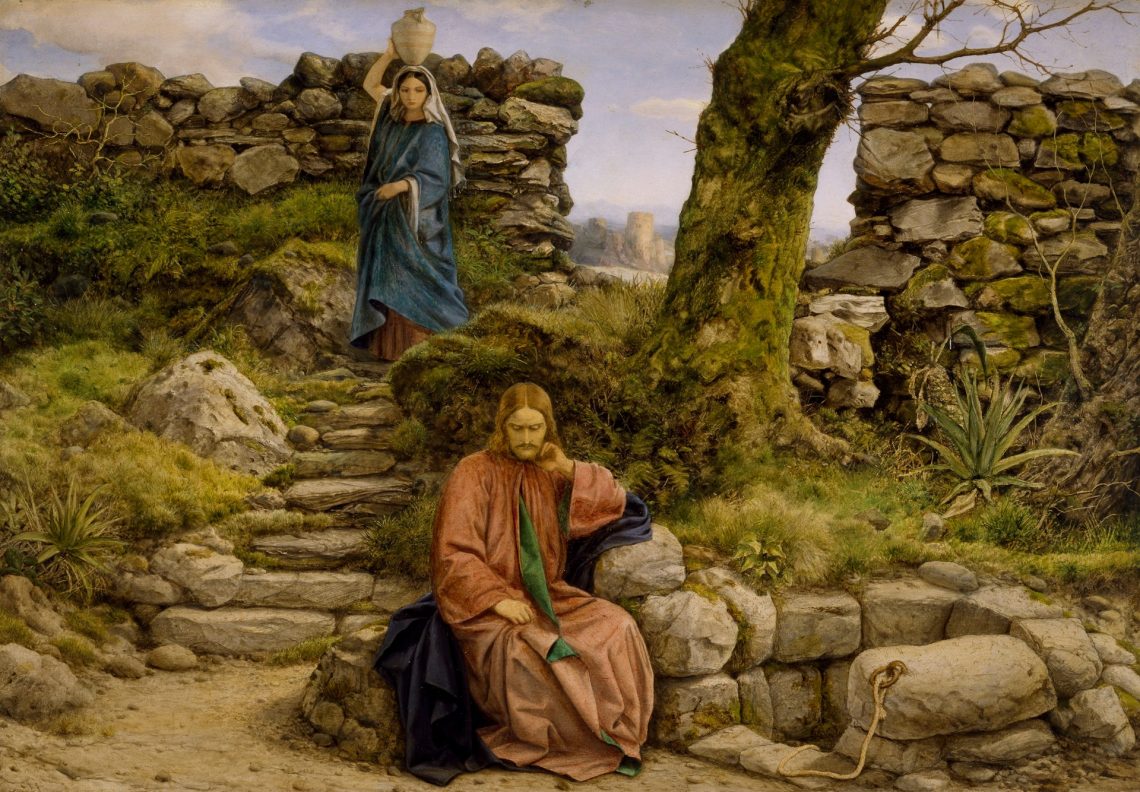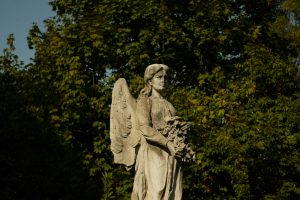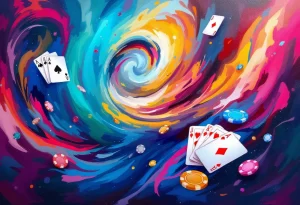Okay, so I’ve spent a lifetime surrounded by art, from the dusty halls of the Met to the hallowed (and sometimes pretentious) grounds of Yale. Seen it all, right? Renaissance Madonnas, Baroque Christs, the whole shebang. But lately, I’ve been thinking a lot about how these age-old religious narratives are being reinterpreted through a decidedly un-hallowed lens: graphic art. And, honestly, it’s pretty damn interesting. We are living in 05/04/2025 and a lot is changing.
Sacred Stories, Fresh Strokes
Forget your cherubic angels and serene landscapes. We’re talking bold lines, vibrant colors, and street-smart sensibility. Think biblical scenes reimagined as edgy murals, stained glass windows with a graffiti twist, and digital icons that blend the sacred with the subversive. It’s like the Old Masters got a serious upgrade.
I remember seeing this piece in a small gallery in Bushwick. It was a modern take on the Last Supper, but instead of solemn disciples, you had this motley crew of tattooed hipsters sharing ramen. It was irreverent, sure, but it also made you think about community, about shared experiences, about the enduring power of a good meal, you know?
Biblical Boom!
Let’s drill down, shall we? Specifically, let’s talk about how artists are tackling those classic biblical stories. Take the story of Noah’s Ark. Instead of a quaint children’s illustration, you might see a towering, dystopian ark rendered in gritty black and white, overflowing with mutated creatures and desperate refugees. Or maybe the story of David and Goliath, but David is a street artist armed with a spray can, taking on a corporate behemoth represented by a looming billboard.
These aren’t just aesthetic choices, people. They’re statements. They’re about power, about resistance, about finding meaning in a world that often feels chaotic and absurd. They are also a great reminder that artists have always been inspired by the stories of the past. Artists have long been inspired by the themes of the carnival and the circus. They often identify with the craft, the courage, and the sometimes…
The Message Remains
So, what’s the point of all this? Is it blasphemy? Is it just shock value? I don’t think so. I think it’s about finding new ways to connect with these ancient narratives. It’s about making them relevant, about making them speak to a generation that’s bombarded with images and information. It’s about digging deep for foundational change.
Maybe, just maybe, these artists are onto something. Maybe they’re showing us that the divine isn’t confined to gilded cathedrals and dusty museums. Maybe it’s alive and kicking in the streets, in the pixels, in the very fabric of our contemporary lives. And maybe, just maybe, that’s a message worth hearing.








